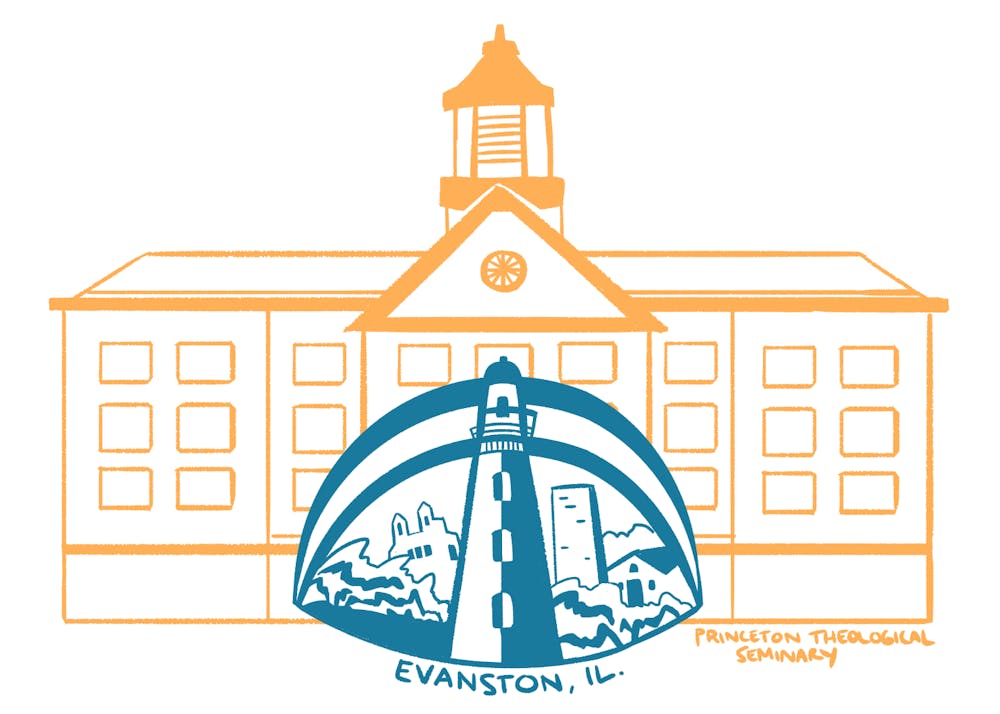The prospect of reparations for Black communities and individuals across the United States for the harms of slavery and persistently entrenched racial discrimination has been a part of public policy conversations since the post-Civil War era. In the last year, the issue has gained more traction as the nation, states, municipalities, and institutions reckon with racism in their own histories, and consider how to address those issues both now and into the future.
In the last few weeks, Evanston, Ill. has jumped into the national spotlight for their new reparations program. Evanston has committed $10 million to its plan, with the first phase of spending focused on giving eligible residents home improvement grants of $25,000 each. To qualify for these grants, residents must prove that their family members were victims of redlining or other discriminatory housing practices. This includes those who were descendants of residents of Evanston from 1919 to 1969, or experienced housing discrimination since then. Unlike direct cash reparations, these grants must be used for home improvement, meaning that residents will not be subjected to taxes on the grants.
Although these housing grants have been a good first step, the effects are not strong enough to make meaningful change without a broader plan in place.
Evanston is a city of 73,000, with more than 12,000 Black residents. Critics of the program argue that the vast majority of Black residents will not reap any of the benefits of these policies, and worry that this housing project will set an example as an easy way out of providing real reparations in other cities.
These critiques of the Evanston program encourage us to consider more deeply what components are necessary to create and sustain a meaningful reparations program. It must include listening and centering the voices of the population that suffered, acknowledging fault, and offering solutions that allow discretion to those receiving reparations so that they can assert greater financial freedom.
The Evanston program certainly acknowledges fault and explicitly suggests that the city is trying to make up for its racist policies of the 20th century. However, this plan lacks the component of discretion over funds, and doesn’t offer Black residents greater financial freedom.
If the Evanston plan becomes the model for reparations in other cities, it could actually prove to be a setback in the broader fight for reparations and greater economic equality. As such, critics have tried to change the public perceptions of this program: community group Evanston Rejects Racist Reparations claimed that “historically racist financial institutions like banks, corporations and various individuals, will profit from ... this proposal.” This is a legitimate concern: this new program may inadvertently be helping many of the wrong people rather than helping in the goals of equality.
In addition to local governments trying to institute reparations, there has been movement on the national level: in the House of Representatives, HR 40 has been proposed every year for the past several decades. Just last week, it was approved out of committee in a historic vote, meaning it could soon make it to the House floor. Although this bill would simply establish a commission to study possible reparations proposals and recommend possible remedies, it still faces significant challenges due to the lack of support for reparations in the Republican party. However, this means that work on a local or state level is even more important.
So, what might reparations look like in the town of Princeton and at the University? I had the opportunity to speak to Anastasia Mann and Sherrod Smith, two members of Princeton’s Civil Rights Commission, about the town of Princeton’s exploration of a reparations plan. According to Mann, their ad hoc committee is currently only at the beginning of the process, but given the importance of reckoning with our country’s long and troubling history of racism, they are looking at “what the Princeton version of the reckoning will look like.”
In any project as large as the one Mann says could be considered, there are going to be challenges in implementing the program. However, Mann believes that the greatest challenge is that the U.S. as a whole has not grappled with the “value of Black people’s lives … as the injuries continue to occur.” Nonetheless, Mann and Smith believe that the Princeton community would support a reparations plan and are working to make sure that everyone involved has a voice on the committee.
One local institution sets an example: the Princeton Theological Seminary set aside $27 million in 2019 to start scholarship funds and more after reckoning with their ties to slavery. Going forward, the University should consider exploring possibilities involving reparations for its ties to slavery and racism over the last few centuries. A national reparations program is difficult to manage, but smaller scale projects can help individuals and hopefully be the first part of a broader movement of paying back for problems of the past. With proper understanding of the problems involved, we can continue to work towards economic and racial parity and justice in the future.
Mohan Setty-Charity is a First Year from Amherst, MA. He can be reached at ms99@princeton.edu.









